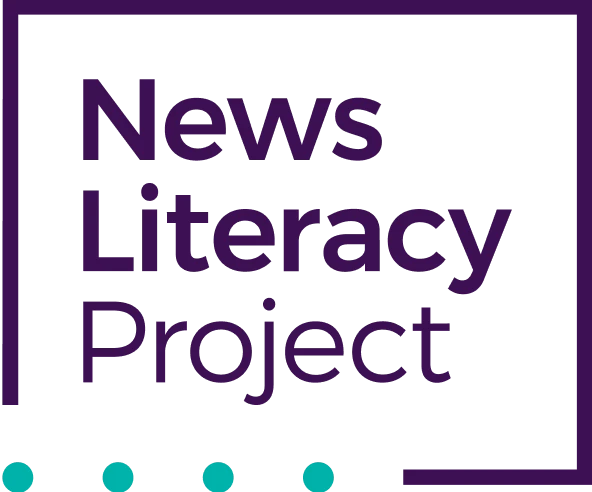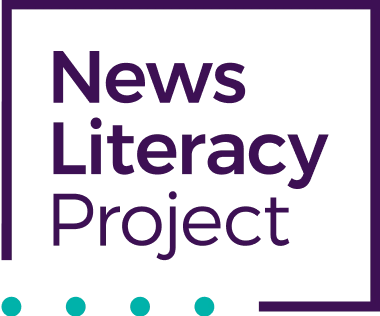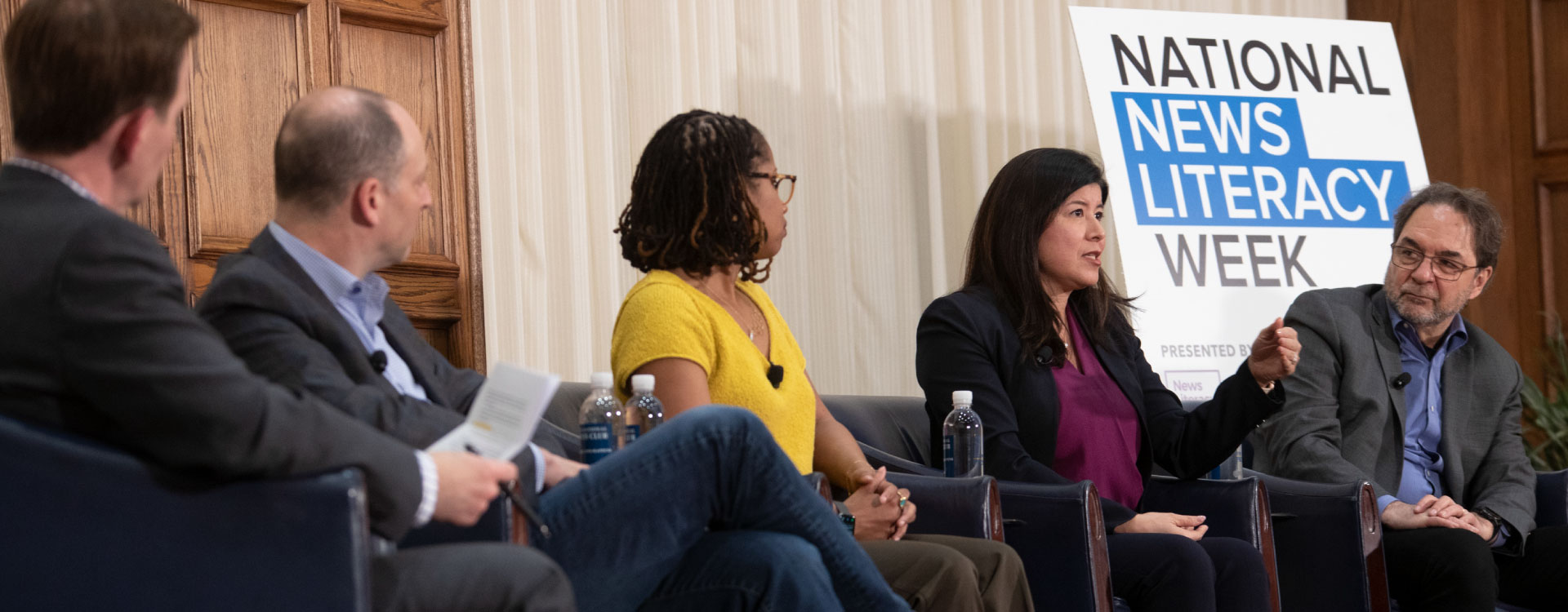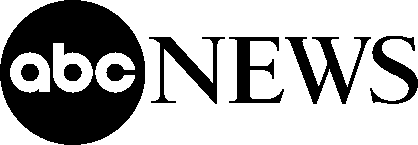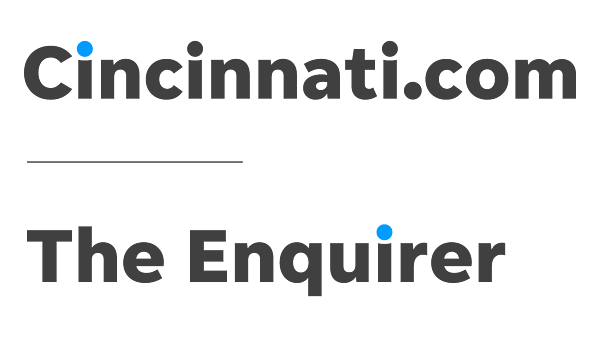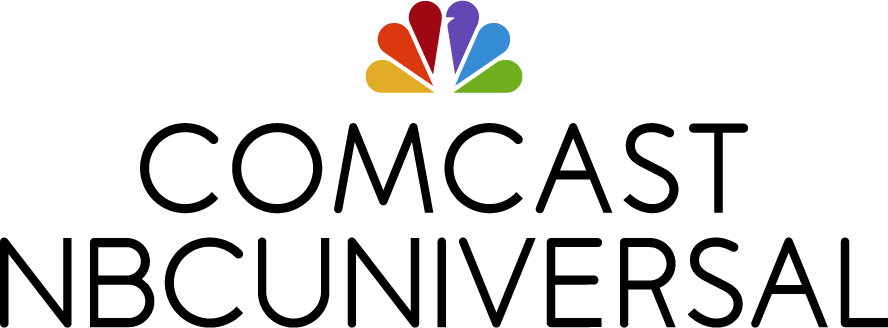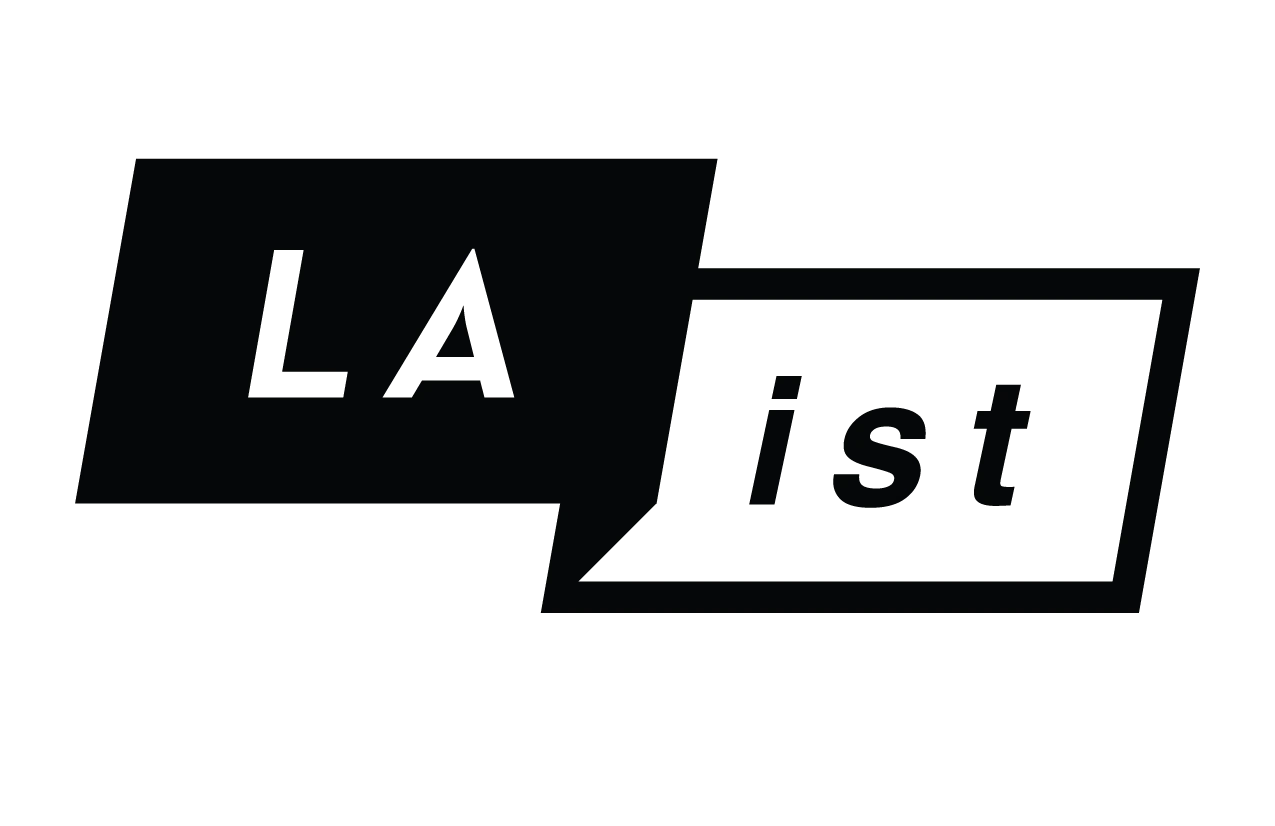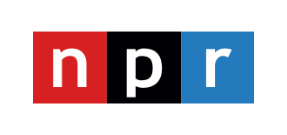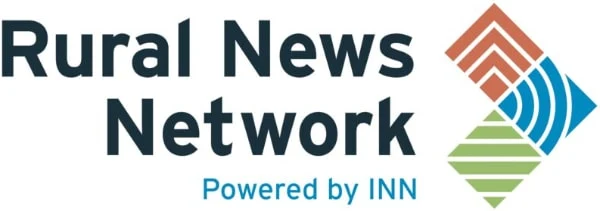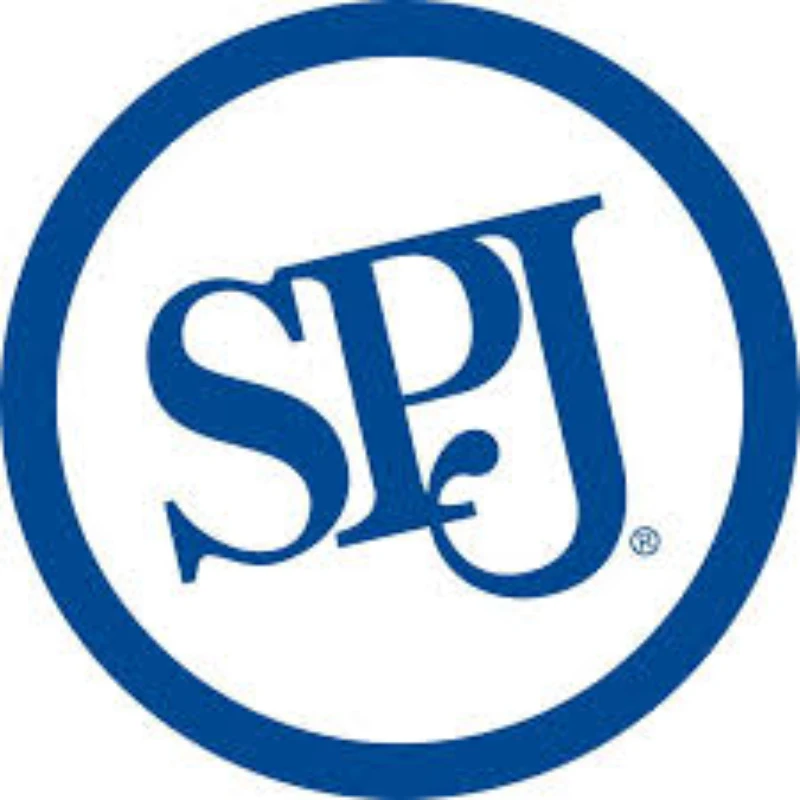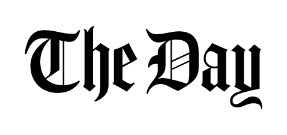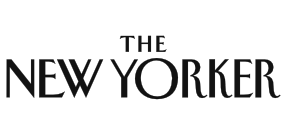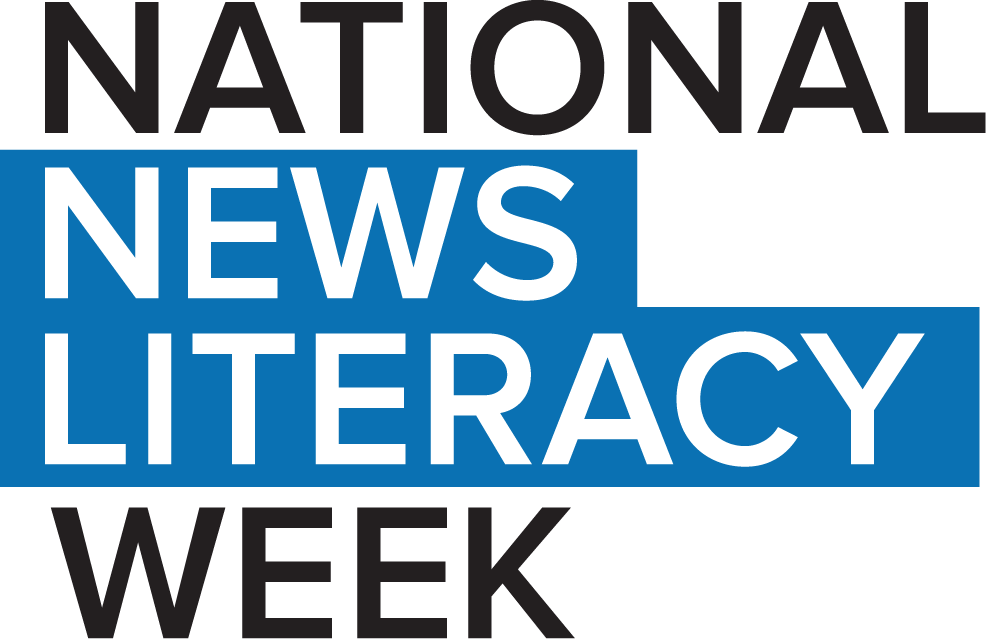
The sixth annual National News Literacy Week (Feb. 3-7, 2025), presented by the News Literacy Project, The E.W. Scripps Company and USA Today, focused on providing educators with the tools and resources they need to help students more skillfully navigate today’s information landscape.
Thanks those who joined us! And if you missed out, you can still find news literacy resources on this page.
The next National News Literacy Week will be held Feb. 2-6, 2026. Be sure to check back here in the fall.
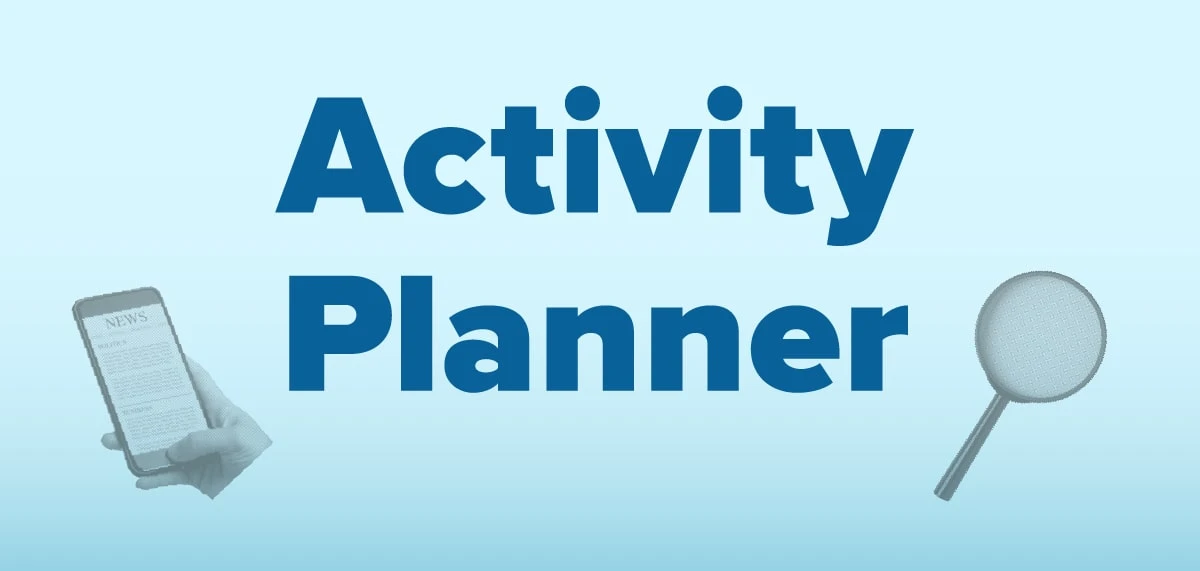
Download our free Activity Planner for educators! Help students build critical-thinking skills with daily standards-based activities.
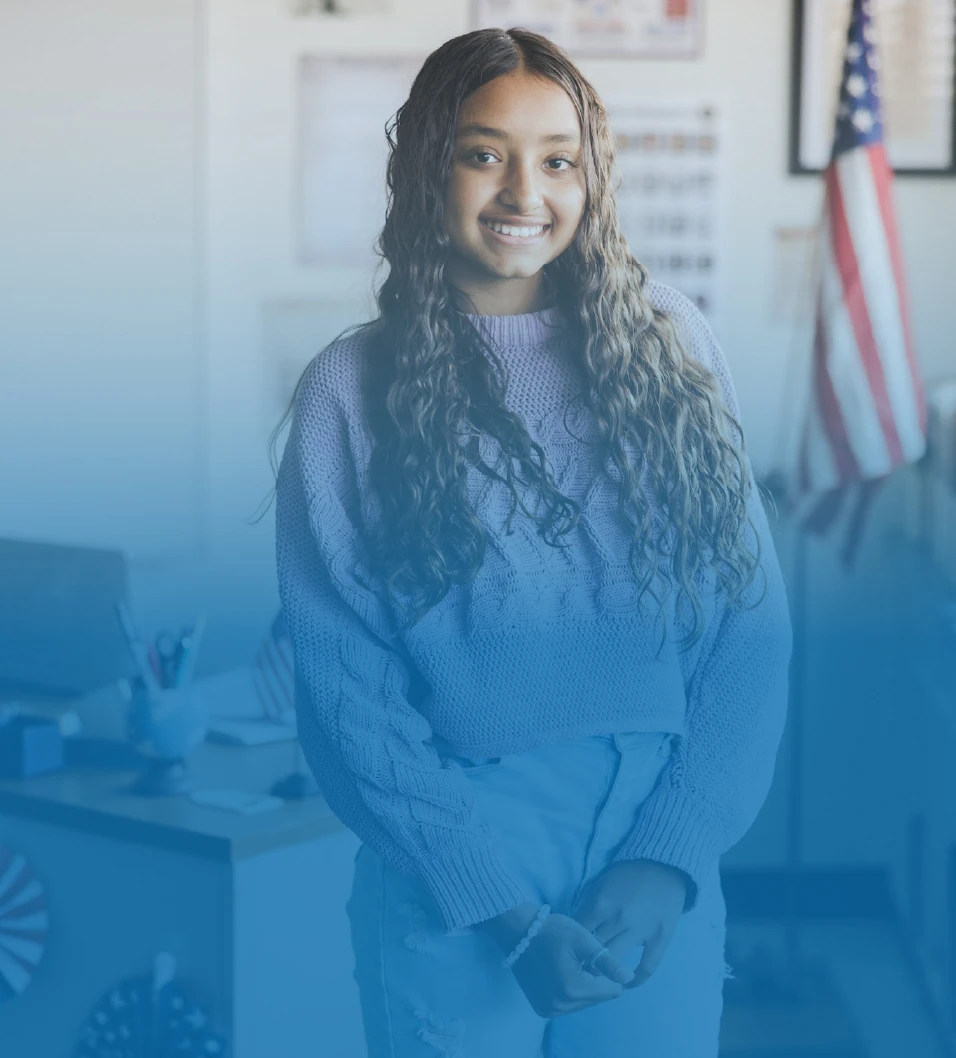
Teens face the most complicated information landscape in history. In a single day, they might encounter memes, influencer-created videos, cleverly concealed marketing campaigns and articles by partisan pundits, while lacking the ability to distinguish one type of content from another.
But this doesn’t have to keep them from becoming well-informed and civically engaged. With news literacy education, students can more skillfully judge for themselves what information to trust, believe, share and base decisions on.
THE WEEK IS PRESENTED ANNUALLY BY:

TAKE ACTION
Educators
Add news literacy to your curriculum using our National News Literacy Week planner.
Not an educator?
You can still get involved – click here.
Donate
Give in honor of National News Literacy Week and help us reach more educators with news literacy resources.
TEACH NEWS LITERACY

WATCH OUR PSA
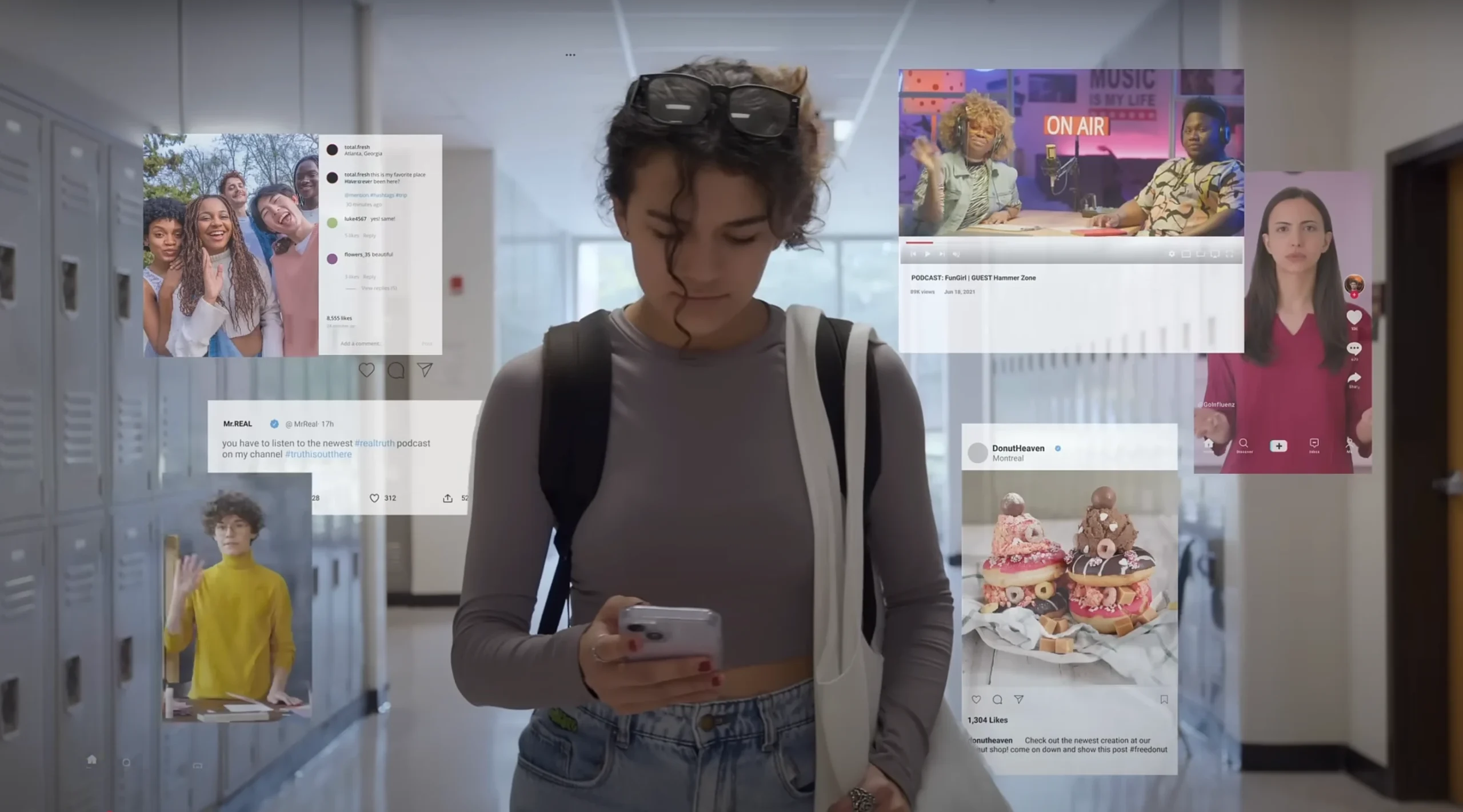
WHAT OTHERS HAD TO SAY
On social media
In the news

In USA Today, Neveah Rice, a college freshman studying journalism and the recipient of the News Literacy Project’s 2024 student Change-Maker award, wrote how becoming skilled in news literacy can help teens break out of social media filter bubbles and identify bias in their information sources.
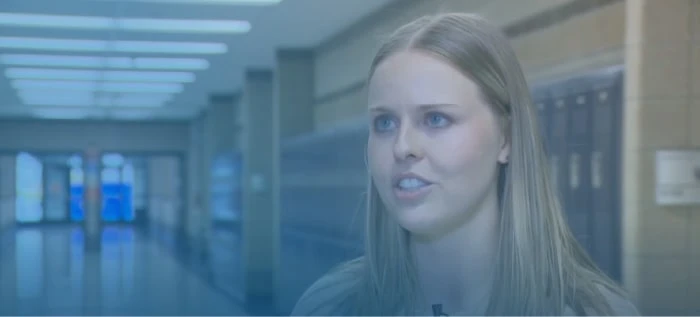
FOX 13, an E.W. Scripps station in Utah, visited a health classroom in the Canyons school district to see how students are learning to find credible information to stay well.

In U.S. News & World Report, Amy Wong, a college senior and former intern at the News Literacy Project, wrote about the difficulty young people have when navigating information online, despite being digital natives.
RESOURCES
Did you know the News Literacy Project uses five primary standards to define the core competencies that students need to become skilled in news literacy? Educators can use activities from our educator newsletter The Sift®, Checkology® virtual classroom and resource library to focus on one standard at a time.
Learn more about the five standards in our Framework for Teaching News Literacy.

Subscribe to The Sift newsletter, NLP’s guide to the week in news literacy for educators.

Register for or sign in to your free educator account to assign engaging, expert-hosted lessons.
A WEEK’S WORTH OF NEWS LITERACY SKILLS
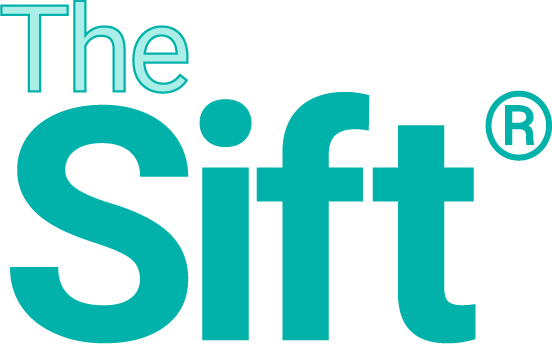
Use the Daily Do Now slides from The Sift for quick and easy bell ringer prompts each day of the week.
Standard 1:
Students distinguish news from other types of information and can recognize both traditional and nontraditional advertisements.
“Dig Deeper: What are paid partnerships on social media?” (worksheet).
“InfoZones” (Checkology lesson, 60+ minutes).
Standard 2:
Students acknowledge the importance of the First Amendment in American democracy and a free press to an informed public.
“The First Amendment” (poster).
“The First Amendment” (Checkology lesson; 60+ minutes).
Standard 3:
Students understand why professional and ethical standards are necessary to produce quality journalism, and they can apply understanding of those standards to discern credible information and sources for themselves.
“Breaking News Checklist” (infographic).
“Understanding Bias” (Checkology lesson; 70+ minutes).
Standard 4:
Students demonstrate increased critical habits of mind, including effective verification skills and the ability to detect misinformation and faulty evidence.
“6 things to know about AI” (poster).
“Introduction to Algorithms” (Checkology lesson; 60+ minutes).
Standard 5:
Students express and exercise civic responsibility by seeking, sharing and producing credible information as effective participants in a democracy.
“How to speak up without starting a showdown” (poster).
“News Diary” (worksheet).
ADDITIONAL RESOURCES
Infographics
Infographics poster bundle at We Are Teachers
“How to teach news literacy in polarizing times” (infographic)
Classroom visits
Newsroom to Classroom journalist visits (program available through Checkology)
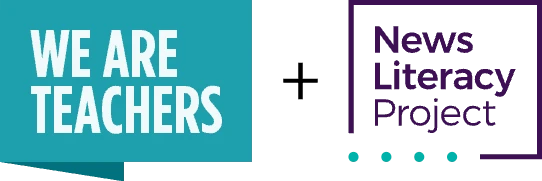
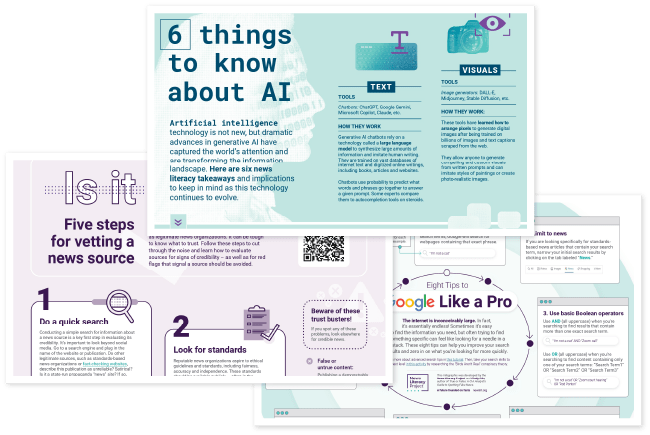
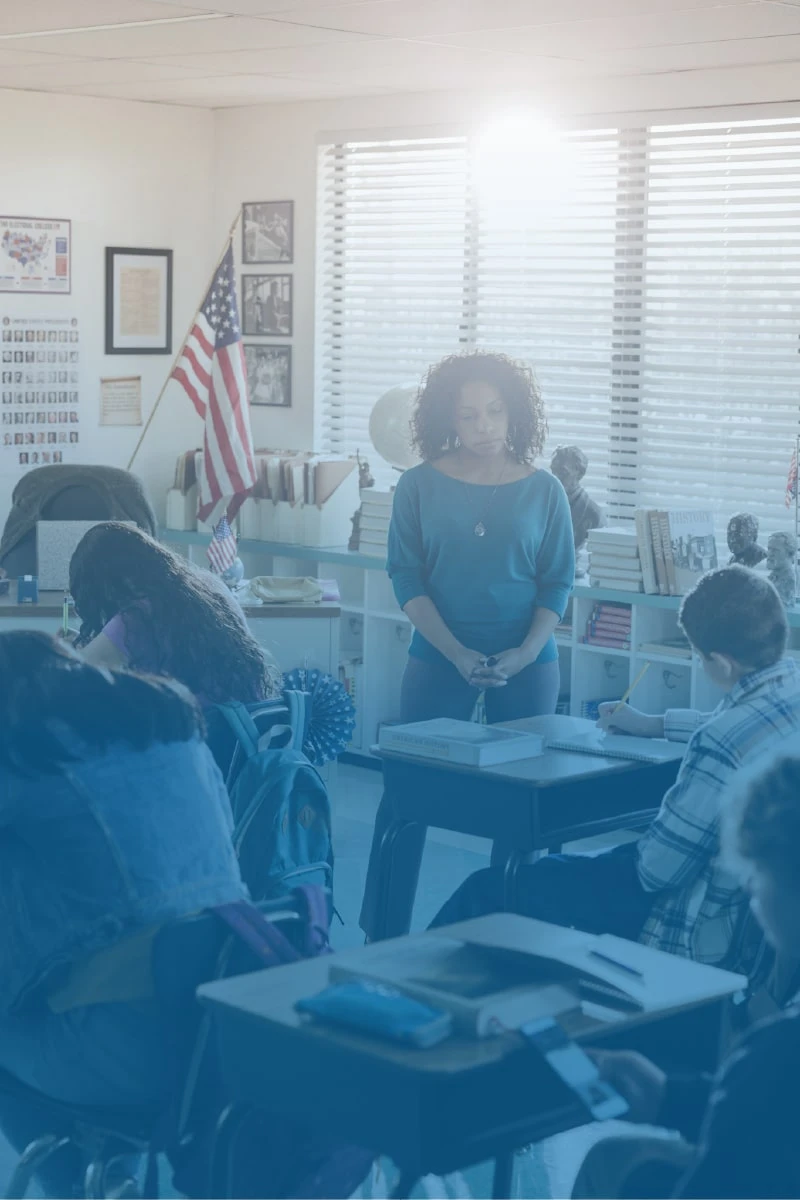
More Info

National News Literacy Week provides educators with free tools and resources to equip their students with the news literacy skills they need to become better informed and more civically engaged.
For everyone
- View our PSA.
- Learn more about what teens think of news literacy education: read our News Literacy in America report.
For journalists and media
- Help spread the word with our social media toolkit.
Are you a librarian?
- Check out our activity planner for librarians interested in spreading the word about news literacy.
- Subscribe to The Sift for NLP’s guide to the week in news literacy, including resources and discussion prompts.
Are you a parent or caregiver?
- Read our frequently asked questions.
Interested in partnering with NLP?
- Please contact Claudia Borgelt, Senior Vice President of Strategy and Impact.
Interested in supporting NLP’s work?
Your generosity powers National News Literacy Week and our news literacy movement. Explore our Ways To Give page to support us.
Thank You
We wish to thank the following supporters:
